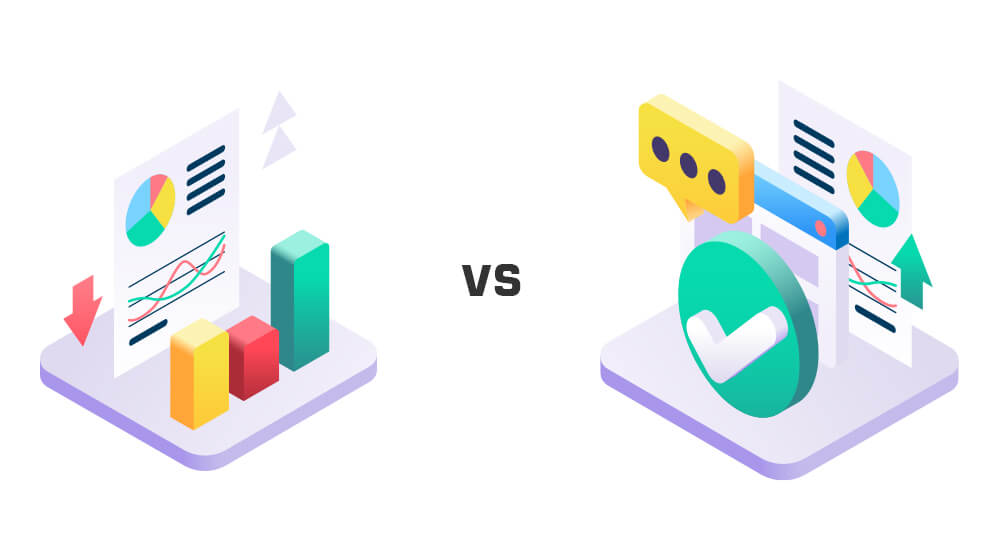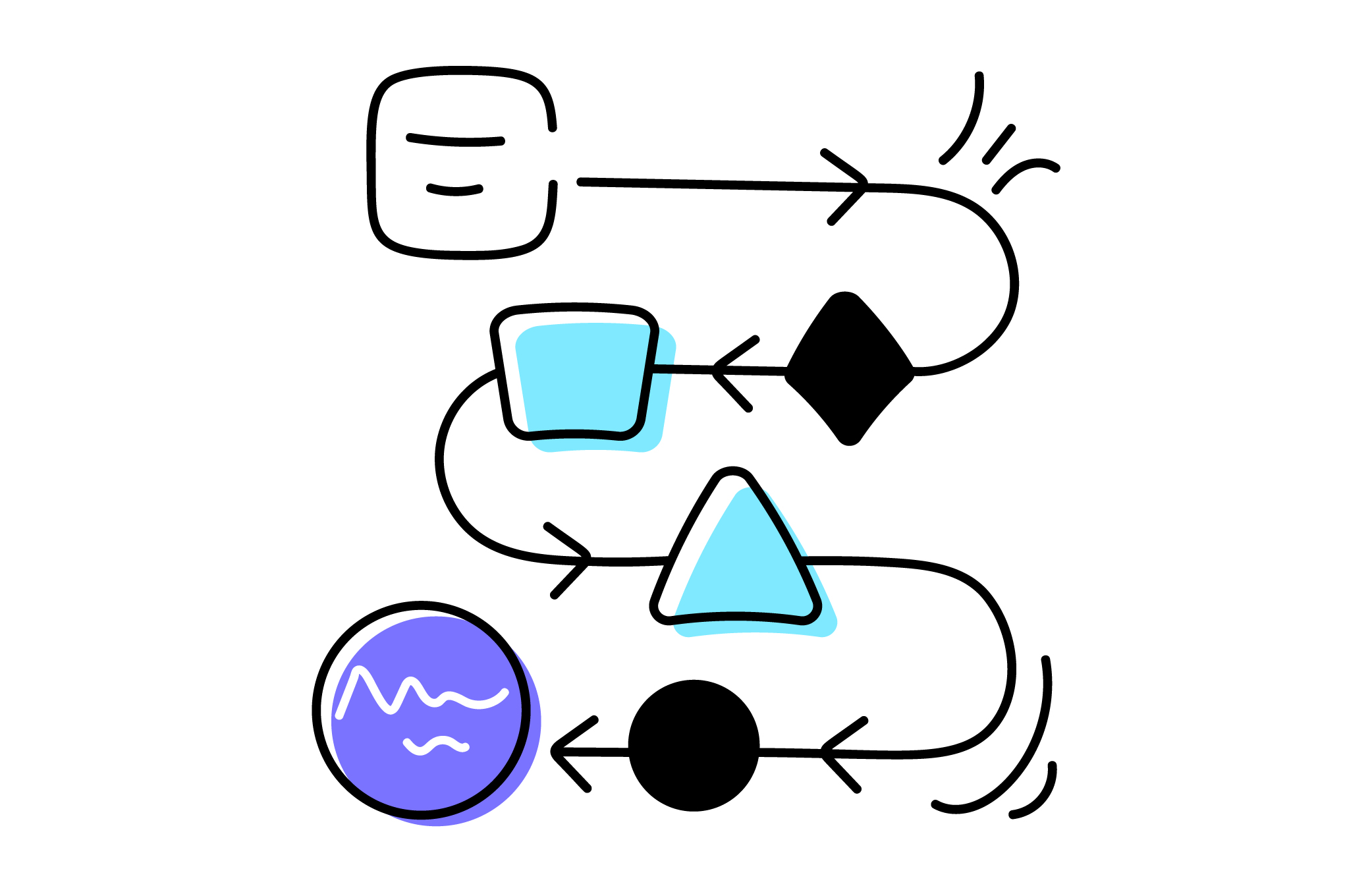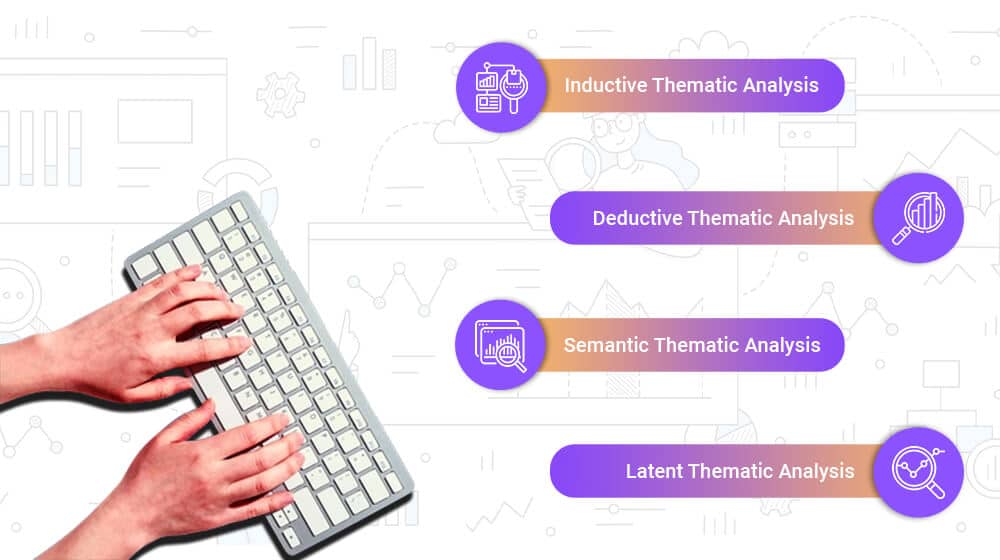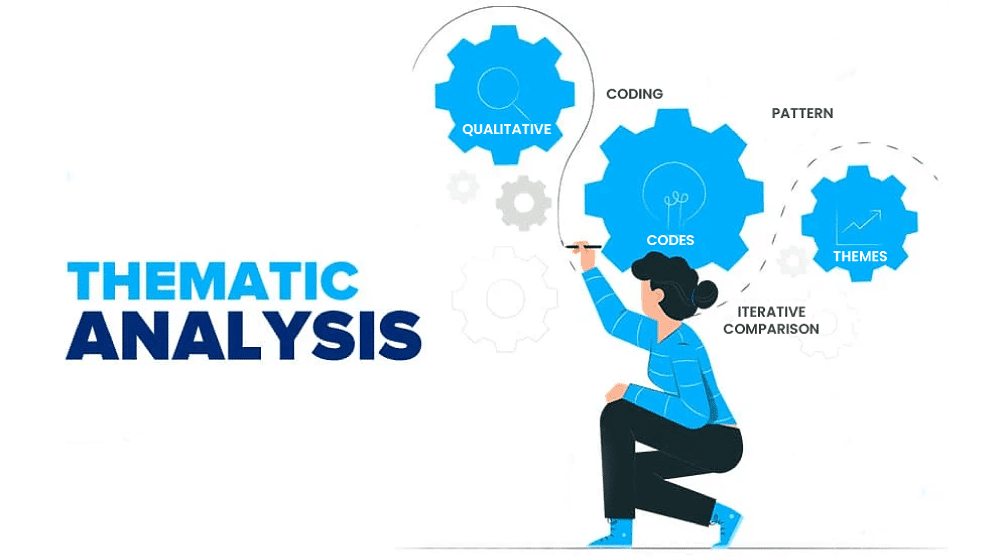Thematic Analysis Is Way More Popular Than

Thematic analysis is one of the finest tools for analysis. It is a qualitative research method that includes identifying themes within a text or piece of data and organizing them into categories. Thematic analysis has been used in various settings, from business to government to education
Let’s learn why this tool is so popular by unraveling it’s benefits:
Thematic analysis and its link to descriptive phenomenology
Thematic analysis has a close correlation with phenomenology, which is a philosophical field of study. It primarily deals with interpreting experiences and beliefs to arrive at any conclusion. Thematic analysis is linked to this essential philosophical approach because it begins with original data and further interprets its meanings. Finally, it includes drawing trends and patterns after deciding on original data and its varied meanings. Similarly, in phenomenology, raw emotions or experiences are first investigated to come to different conclusions.
It is why thematic analysis is way more popular than you think. Because it’s not just a fundamental way of breaking data; it is an intriguing field that analyzes the experiences and philosophy of data.
Top-notch choice of researchers
If you are a researcher, then thematic analysis is the go-to tool for your research needs. It will allow you to look at patterns in the data rather than just individual pieces of data. It will assist you in decoding large data groups and identify patterns or trends.
This specialized analysis allows you to take a more holistic approach to your research. It can help you produce more accurate results by considering the factors that may affect your study’s results. The thematic analysis also assists researchers in avoiding bias when analyzing their data. It is crucial when conducting studies that involve surveys or interviews because it’s easy for researchers’ personal opinions or biases to influence how they interpret the results of their study. Using thematic analysis, researchers can attempt to keep their biases out of their interpretations. They can further focus on what’s happening with the overall findings instead of looking at individual responses from each participant
Best for analyzing qualitative data
Thematic analysis is the most promising tool for analyzing qualitative datasets such as studies, focus groups, or interviews. This analysis type is beneficial for qualitative because it allows you to organize your data into meaningful themes to the dataset. You can then use those themes to create a report that explains what your study found and why it was meaningful.
Unsupervised approach
One of the best benefits of thematic analysis is that it is an unsupervised approach. It means you don’t need to spend hours and hours looking over your data before you can start looking for themes. Instead, you can start analyzing as soon as you have collected your data because the thematic analysis will help you find themes in the text without prior knowledge.
Provides a highly flexible approach
In thematic analysis, you break down the text into smaller pieces and examine how those pieces relate to one another. You can then identify themes and patterns within the text and make inferences based on that information.
Thematic analysis is a flexible approach because it allows you to look at many aspects of your topic in depth rather than just focusing on one or two main points. It also allows you to see different parts of your topic to get an overview of the overall picture instead of just looking at a tiny part at a time. Whether simple or a complex dataset, you can rely on thematic analysis anytime and anywhere.
Wrapping up
Thematic analysis is indeed a magical tool for analysis. From interpreting accurate results to curating deep research, you can do anything with it. So, what are you waiting for? Explore thematic analysis and its great prospects today with us. Book your custom quote right away to unveil all the benefits of thematic analysis.
















